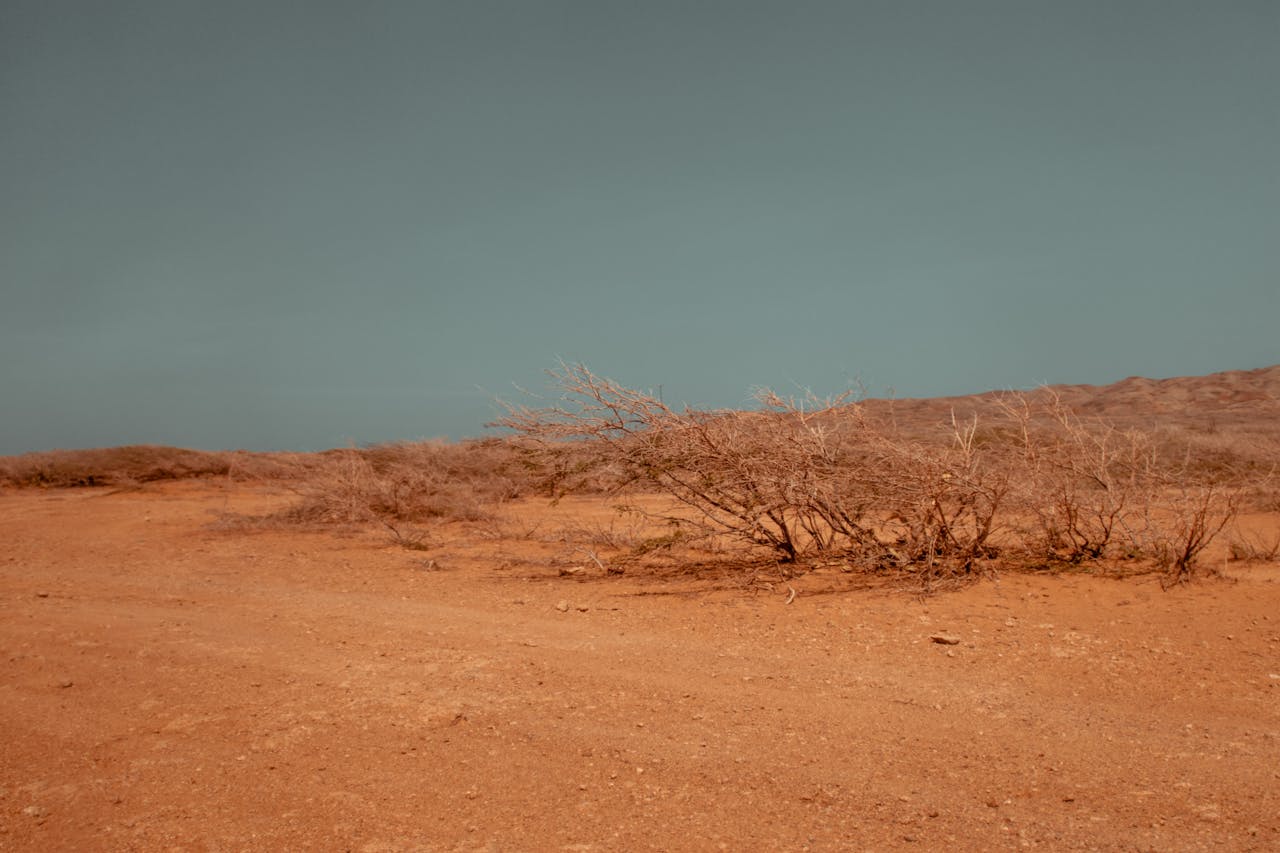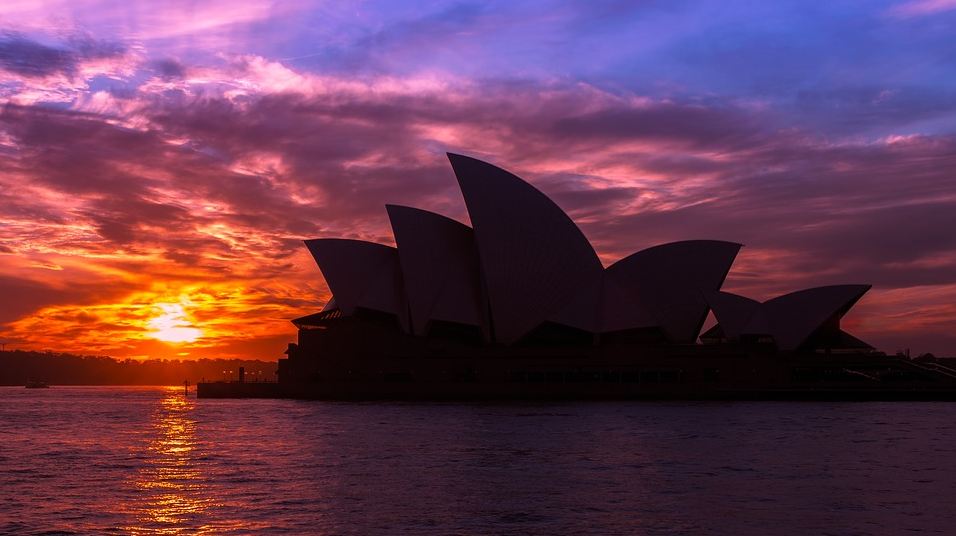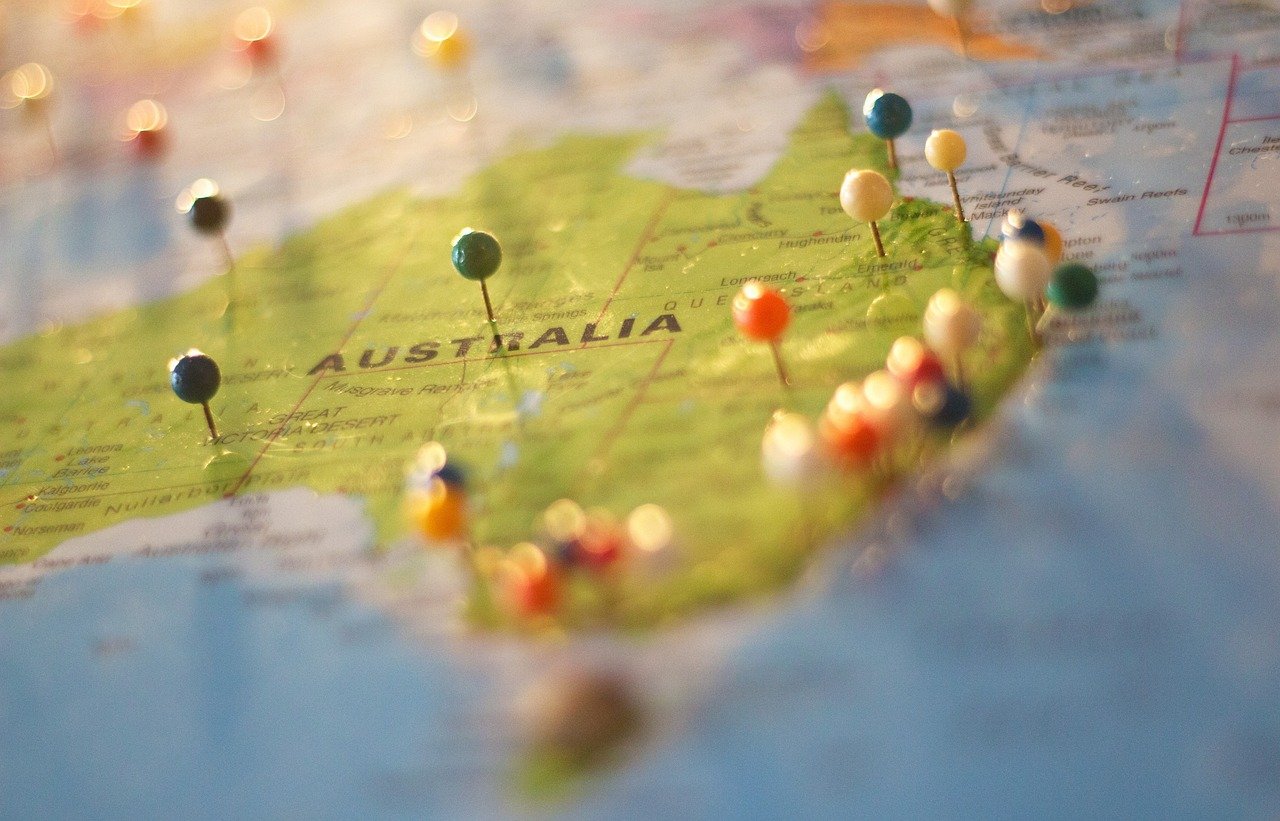What Is the Longest River in Australia? Discovering the Nation’s Waterways
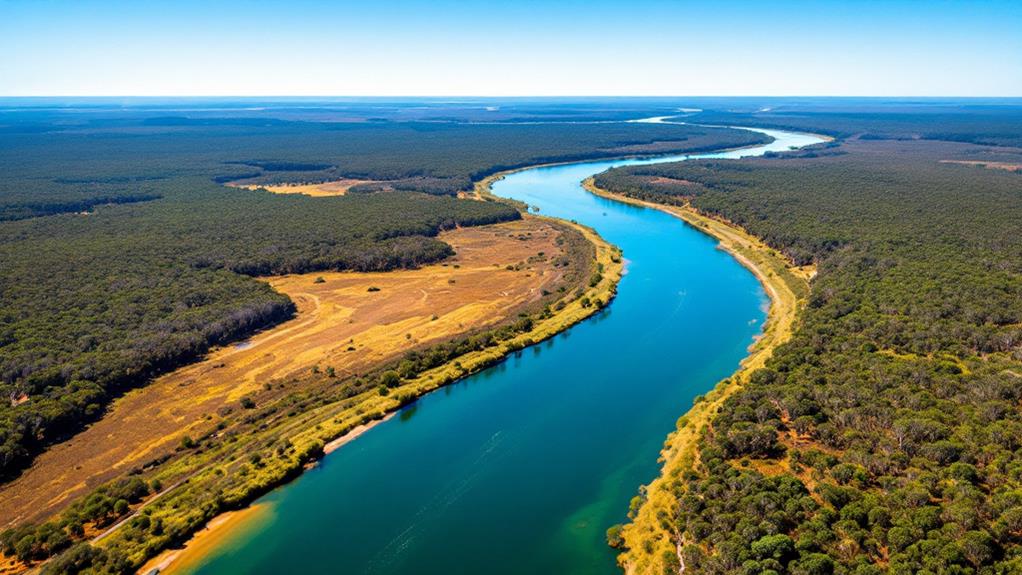
You'll realize that the River Murray is Australia's longest river, stretching 2,508 kilometers. It winds through New South Wales, Victoria, and South Australia, serving as the heart of the Murray-Darling Basin, which spans over 1 million square kilometers. It's not only essential to about 1.5 million households for water but also a hub for lively ecosystems. Historically, the river's been vital for Indigenous cultures and was transformed by paddle steamers in the 1850s. Despite challenges like droughts and altered flows, the River Murray remains a haven for recreation and cultural heritage, with more fascinating aspects to reveal.
The Longest Rivers in Australia
When exploring the majesty of Australia's waterways, you'll find that the River Murray stands out as the longest river in the country, stretching an impressive 2,508 km through New South Wales, Victoria, and South Australia. As part of the extensive Murray-Darling Basin, the River Murray plays an essential role in Australia's ecosystem and serves as a critical water source for agriculture, industry, and communities along its banks.
The Murray-Darling Basin itself is home to the nation's longest continuous river system, with a combined length of about 3,672 km. This includes not only the mighty Murray but also its numerous tributaries like the Murrumbidgee and Lachlan Rivers. These rivers contribute greatly to the basin's flow, making it one of the most prominent river systems in Australia.
As you navigate through this basin, you'll notice the River Murray's navigable waterways, which have historically supported trade and transport. Its importance extends beyond just length; it's a central artery for life in the region. While the Darling River is Australia's second longest, the River Murray's sheer length and impact highlight its prominence in the country's natural landscape.
Murray River Characteristics
As you continue to investigate the River Murray, you'll uncover its unique characteristics that make it more than just Australia's longest river. Stretching 2,508 kilometers, the Murray River flows through the states of New South Wales, Victoria, and South Australia, forming a fundamental part of the extensive Murray–Darling Basin. This basin spans over 1 million square kilometers, highlighting the river's vast reach and importance.
The Murray River isn't just known for its length; it's one of the world's third longest navigable rivers with about 2,000 kilometers accessible for navigation. This feature not only improves its appeal for recreational activities but also makes it a significant transportation route historically and presently.
Functioning as a major water source, the Murray River supports around 1.5 million households and businesses, providing key resources to the regions it traverses. Its hydrology is enriched by significant tributaries like the Murrumbidgee, Darling, and Lachlan Rivers, contributing to the river's diverse ecosystem and sustaining a wide variety of plants and wildlife.
Historical Significance
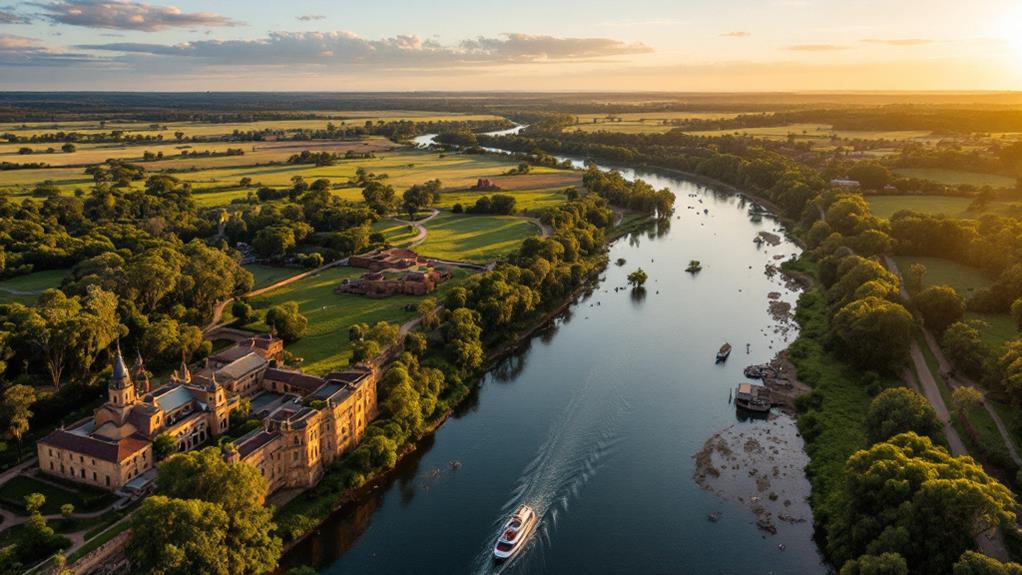
The Murray River's historical significance is deeply intertwined with its role as an indispensable lifeline for Indigenous Australians for over 30,000 years, holding profound cultural and spiritual importance. This river has been a cradle of life and culture, with its waters nourishing communities and shaping traditions. As you investigate its history, you'll see how the Murray River became a key player in the investigation and development of Australia.
Significant expeditions by explorers like Hamilton Hume and William Hovell revealed the river's vast potential, contributing to the understanding of the region's geography and resources. The introduction of paddle steamers in 1853 transformed the Murray River into a vibrant artery of trade and communication, facilitating economic growth and connecting far-flung communities. These steamers, once the lifeblood of the river, played a pivotal role until the railway's rise overshadowed their importance.
Flooding events, such as the devastating floods of 1956, highlighted the river's power and its impact on those living along its banks. These incidents emphasized the need for improved flood management but also underscored the Murray River's historical importance and cultural significance, reminding communities of the river's ever-present influence on their lives.
River Management Practices
Effective river management is crucial to the importance of the Murray River, guaranteeing it continues to support the communities and ecosystems that depend on it. You might wonder how this is achieved. The River Murray's flow is carefully regulated through a network that includes four major dams, 16 storage weirs, and 15 navigable locks. This infrastructure is critical for sustainable water management, balancing the needs of agriculture, ecology, and even recreational activities.
Water releases from these storage facilities are strategically timed to maintain ecological health along the river. This careful management guarantees that approximately 1.5 million households and businesses in the Murray–Darling Basin have a reliable water supply for irrigation and daily use. Improving water quality is a key focus, as it directly impacts both local communities and the diverse wildlife that call the river home.
Collaboration with Traditional Owners is another crucial component of effective river management. By working together, cultural heritage is respected, and environmental stewardship is improved. This partnership not only acknowledges the deep connection that Indigenous communities have with the River Murray but also promotes practices that sustain its ecological health for future generations.
Recreational Opportunities
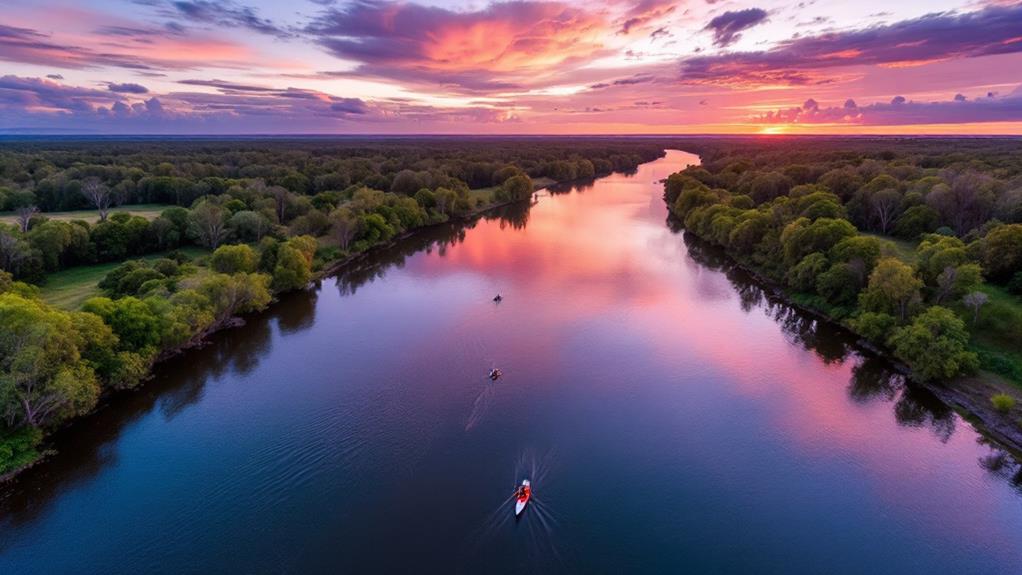
While river management guarantees the sustainability of the Murray River, it also opens a world of recreational opportunities for everyone. Regardless of whether you're a seasoned adventurer or a laid-back traveler, the River Murray has something for you. Canoeing and boating are among the most popular recreational activities here, drawing both locals and tourists keen for a splash of outdoor excitement. With nearly 2,000 km of navigable sections, the Murray is the third longest navigable river globally, offering unparalleled boating experiences.
Fishing enthusiasts will find the river teeming with spots perfect for casting a line. Imagine spending a peaceful day reeling in native fish while surrounded by the river's serene beauty. If camping is more your style, the scenic routes along the river provide idyllic sites to pitch a tent and engage yourself in nature. For those who prefer a more guided experience, eco-tourism initiatives offer sustainable ways to investigate the river, ensuring that its natural beauty remains unharmed.
The River Murray isn't just a waterway; it's an invitation to welcome the outdoors. Regardless of whether it's the thrill of canoeing or the tranquility of camping, this river beckons you to investigate its wonders.
Cultural Importance
Steeped in history, the Murray River pulses with cultural significance for Aboriginal Australians. For over 40,000 years, it has been a crucial part of their lives, deeply intertwining with their cultural heritage and identity. The river is more than just water; it's a living entity that holds stories of creation, such as those of Ngurunderi, a Great Ancestor. He is believed to have shaped the Murray River while chasing the elusive Murray Cod, illustrating the river's mythological importance.
As you examine its banks, you'll notice the Murray River's own flag, symbolizing the pride and identity of those who call this river home. Traditional Owners actively participate in preserving this cultural heritage through community engagement initiatives, promoting environmental stewardship and ensuring the river's stories and significance endure for future generations. These efforts foster stronger community connections, bringing people together to celebrate and honor the river's rich cultural tapestry.
Events and festivals along the river offer a chance to engage yourself in its cultural importance, interacting with both local and indigenous communities. By participating, you help raise awareness and appreciation for the Murray River, ensuring its cultural legacy remains lively and respected.
Environmental Challenges
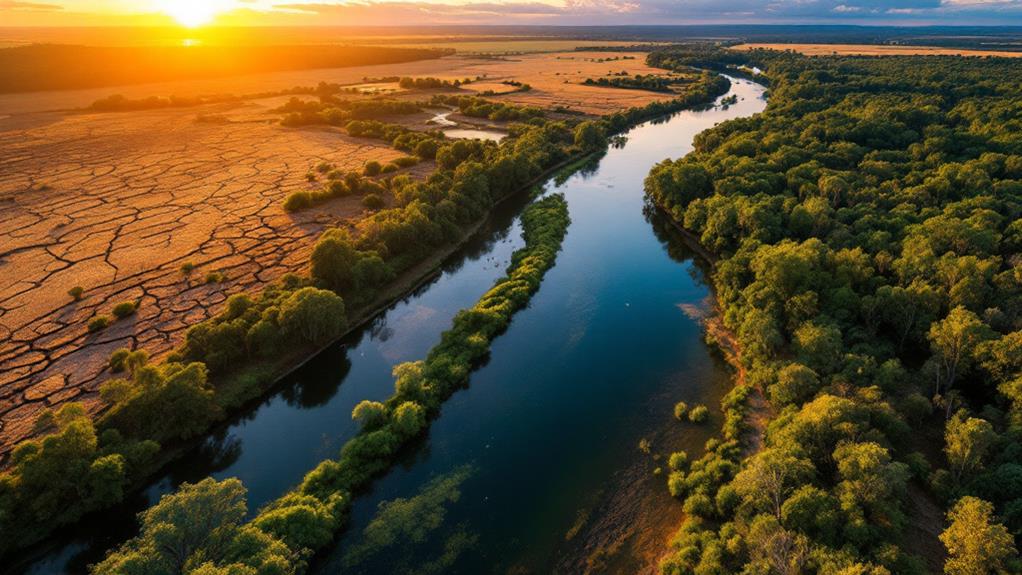
The Murray River's cultural richness is mirrored by the pressing environmental challenges it faces today. Since European settlement, the river's health has greatly declined, with regulation disrupting its natural flow patterns. This has led to environmental stress on ecosystems, reducing the river system's natural flow to just 58% by 2010. Such alterations have intensified issues related to drought and water management, putting critical habitats like river red gum forests at risk. These forests are fundamental for wildlife, including endangered species like the Murray crayfish.
Water management practices, such as building major dams and weirs, have drastically changed the river's natural hydrology. These changes not only affect the ecological balance but also the agricultural activities dependent on the river. The environmental stress is evident, as extreme droughts have severely impacted river red gums, highlighting the urgent need for effective water management strategies.
Conservation efforts are imperative for restoring the Murray River's health and sustainability. By focusing on improving water quality and maintaining the river's ecological integrity, you can help guarantee the long-term viability of this essential waterway. These efforts are crucial in preserving the ecological balance and cultural significance of the Murray River.

